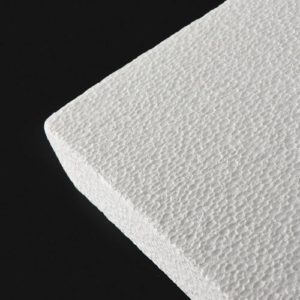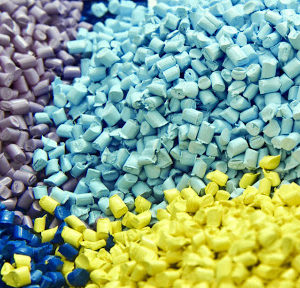POLYPROPYLENE (PP)
It finds uses in the same industries as PE. PP competes in many areas with HDPE. In comparison to HDPE, it has a higher melting point, better crack resistance, a higher heat deflection temperature, and in many cases, higher tensile strength. PP has superior stress crack resistance. It is, however, less stable than HDPE to thermal, light, UV and oxidative degradation.
Polypropylene Processing Conditions
Polypropylene can be processed by virtually all processing methods. Most typical processing methods include Injection Molding, Extrusion Blow Molding and General Purpose Extrusion.
Injection Molding
- Melt temperature: 200-300°C
- Mold temperature: 10-80°C
- Drying is not necessary if stored properly
- High mold temperature will improve brilliance and appearance of the part
- Mold shrinkage lies between 1.5 and 3%, depending on processing conditions, rheology of the polymer and thickness of the final piece
Extrusion (tubes, blow and cast films, cables, etc.)
- Melt temperature: 200-300°C
- Compression Ratio: 3:1
- Cylinder Temperatures: 180-205°C
- Pre-Drying: No, 3 hours at 105-110°C (221-230°F) for regrind
- Blow molding
- Compression molding
- Rotational molding
- Injection blow molding
- Extrusion Blow Molding
- Injection stretch blow molding
- General Purpose Extrusion
Application
It is used in a variety of applications to include packaging for consumer products, plastic parts for various industries including the automotive industry, special devices like living hinges, and textiles.




